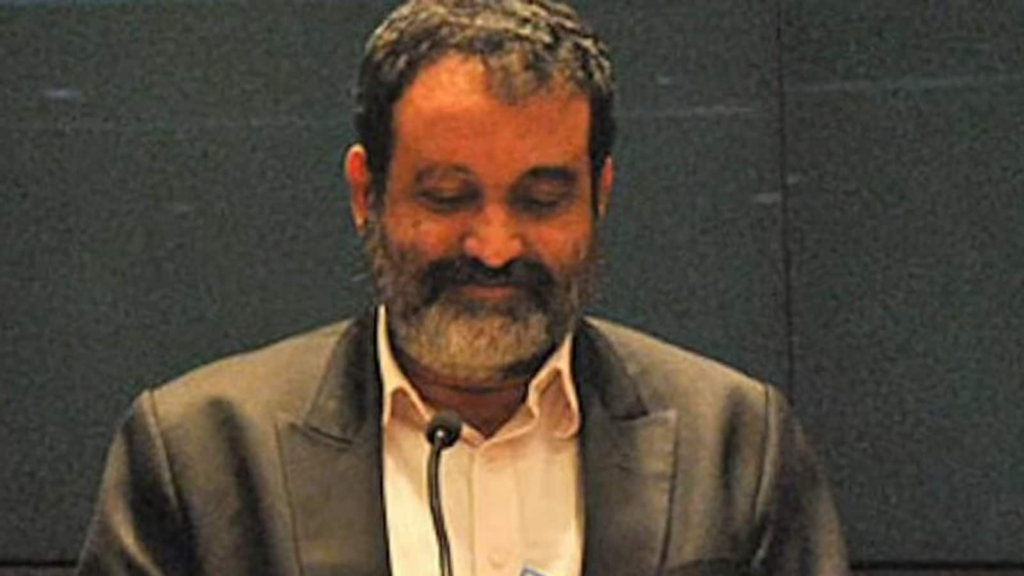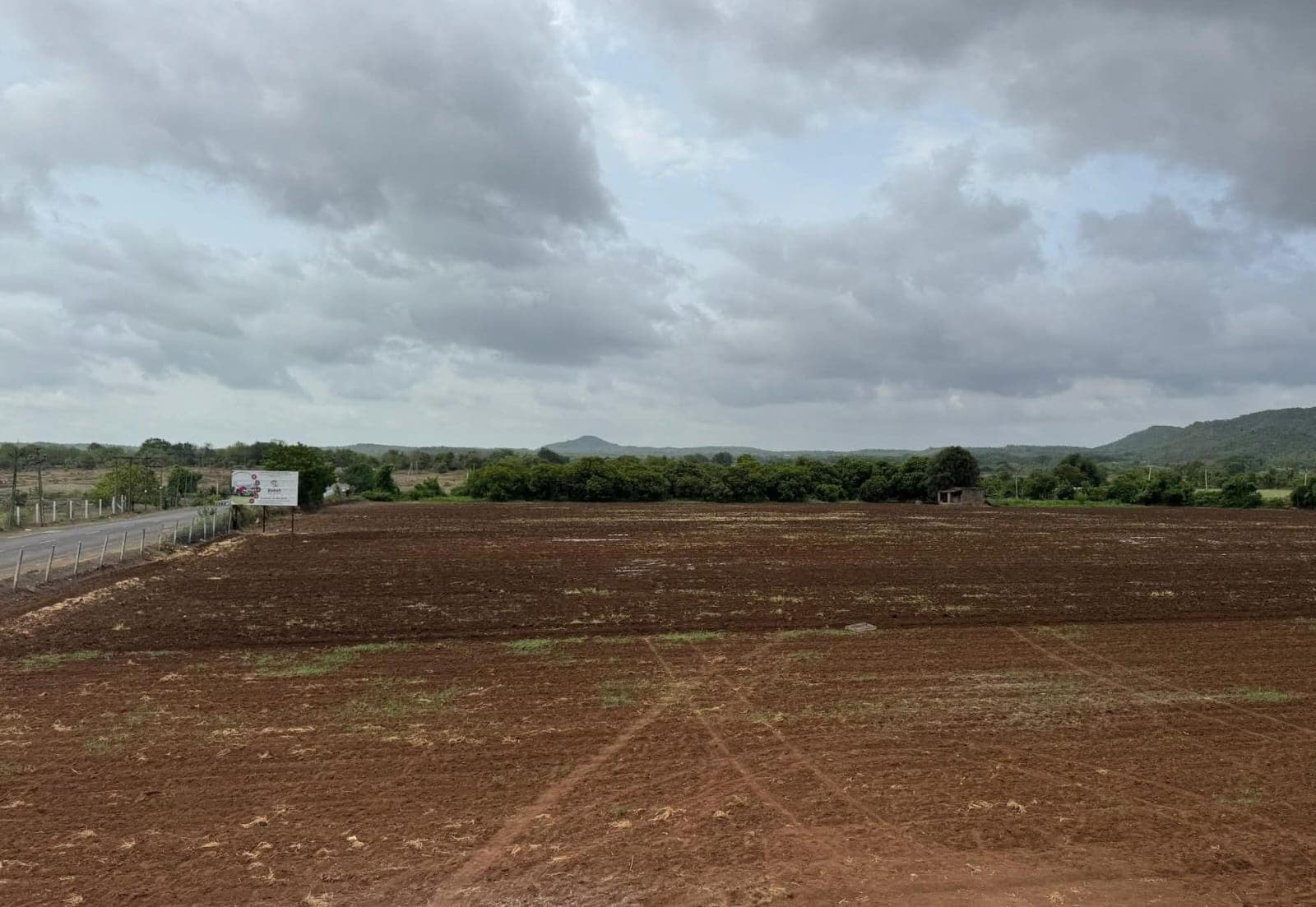
For several centuries, the earth symbolizes strength, prestige and survival. From wars to civilizations, every aspect of human life – agriculture, housing, schools, industries and even places of worship – was built on Earth. India extends 32,87,590 square kilometers, and the way this vast land has a great story. Officially, the largest owner of the land is the government of India, closely followed – closely – the Catholic Church, then the Endowment Council.

According to the government land information system (GLIS), which was updated in February 2021, the center owns about 15,531 square kilometers of land – to the number of many countries such as Qatar, Jamaica or even Lebanon.

Next, the defense (2580 square kilometers), coal (2580 square kilometers), power (1806 square kilometers), and heavy industries (1,209 square kilometers). It is clear that the wealth of land in India is closely related to infrastructure, energy and defense.
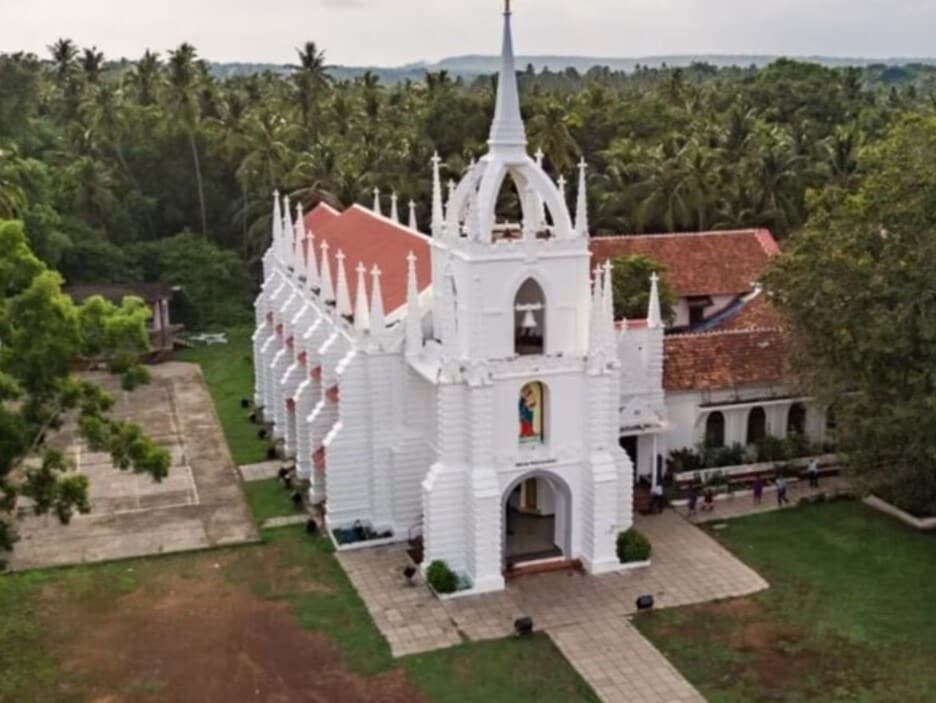
After the government, the Catholic Church is the second largest land owner in India, with about 70 million hectares (172 million acres) throughout the country. This land covers the churches, schools, colleges, hospitals and other institutions, which deserve a juice from rupees.
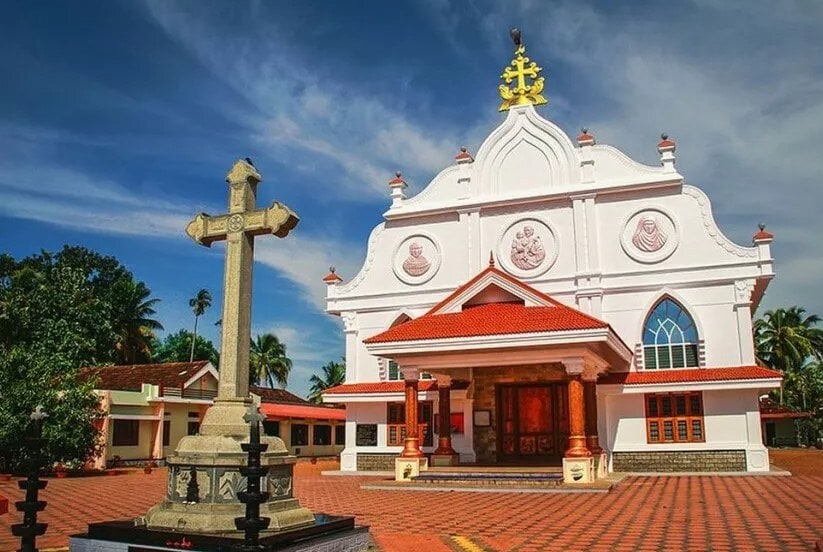
A large portion of this land was obtained during British rule, when the crown was awarded or large areas of Christianity were reinforced. The Indian Church Law of 1927 gave legitimacy to these holdings. Today, conflicts often explode over the church -owned lands, where critics wonder whether they have been truly obtained.

Under the Catholic Bishops Conference in India (CBCI), the Church runs: 2,457 Hospitals and dispensaries, 240 medical and nursing colleges, 28 public colleges, 5 engineering colleges, 3,765 secondary schools, 7,319 primary schools, 3,187 schools. This makes the church a major player in the education and health care sectors in India.
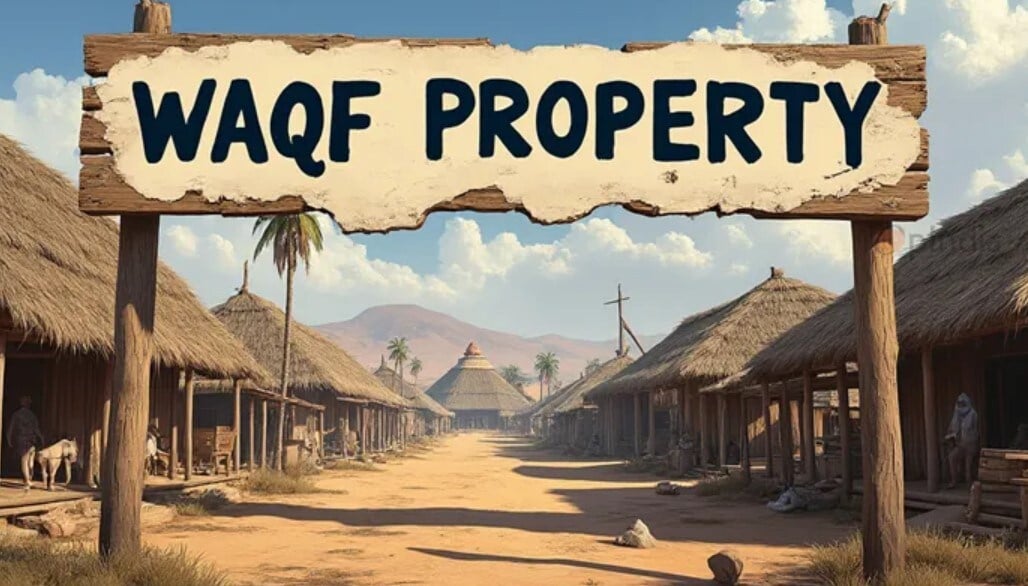
The third largest landowner is the endowment plate, a legal body formed under the 1954 bumper law. It runs mosques, schools, confrontation and other Islamic endowments, with estimates indicating more than 6 Lakh real estate across India. Most of these lands belong to Muslim rulers in the previous centuries.

Unlike government lands, there are no official records verified for the total land owned by the Church or the Endowment Council – most of the numbers are based on estimates and surveys. However, it is clear that the largest landowners in India are not only the state, but also strong religious institutions whose influence extends beyond faith.












